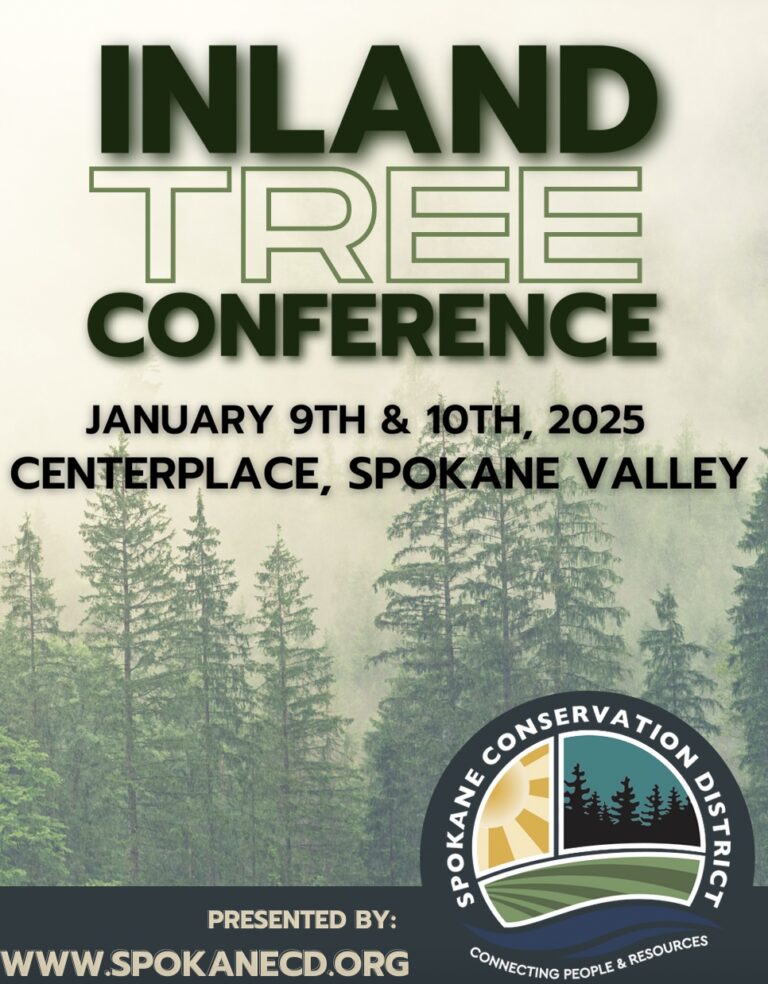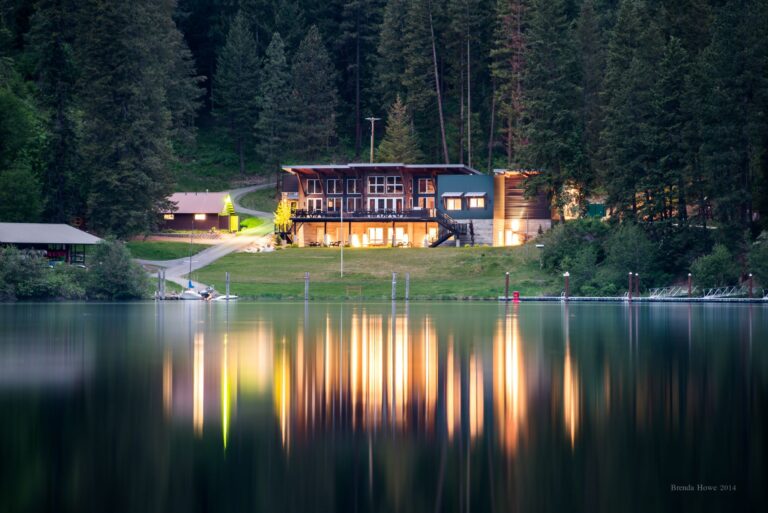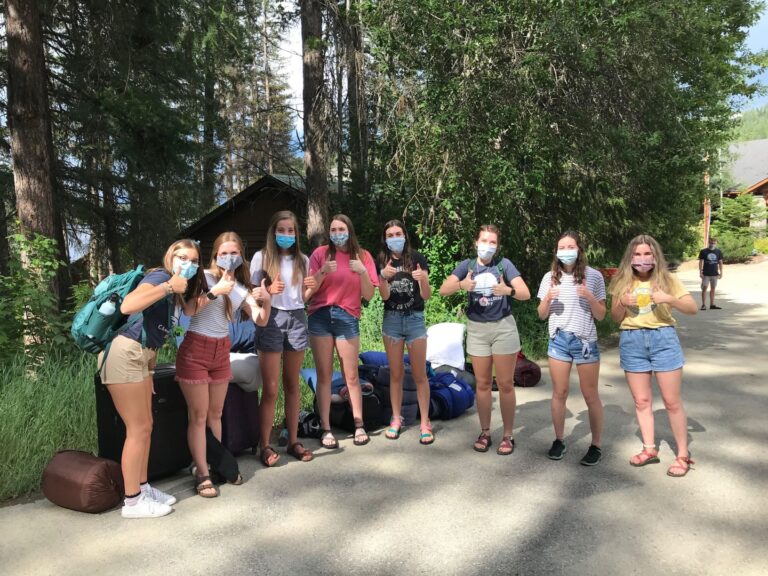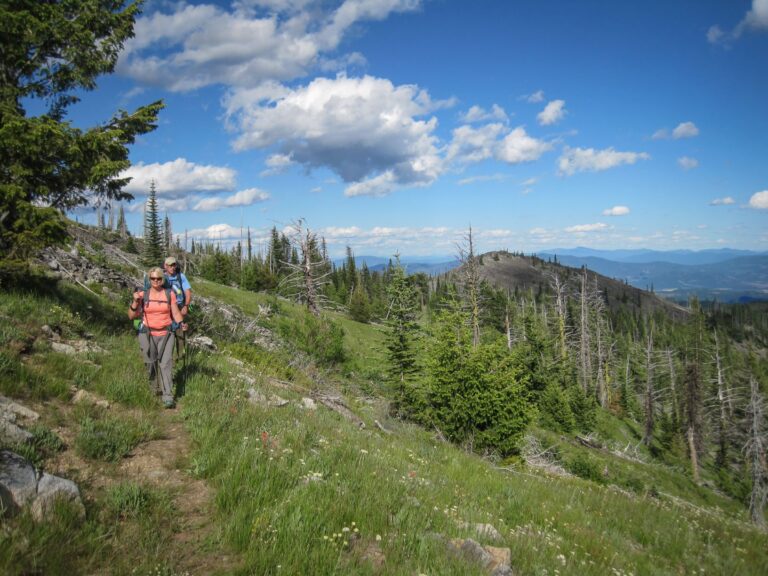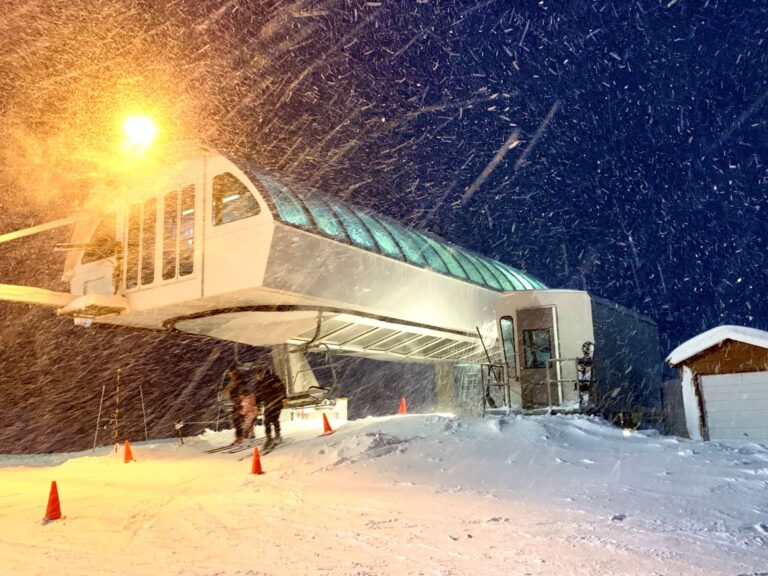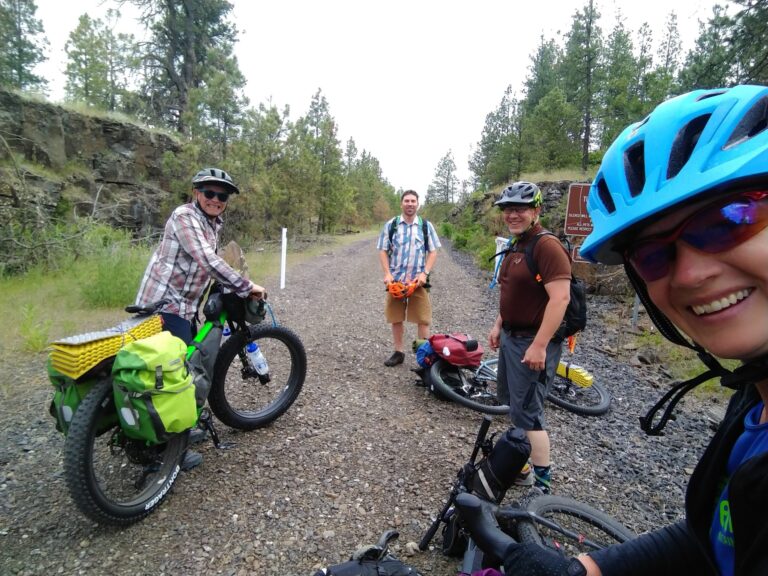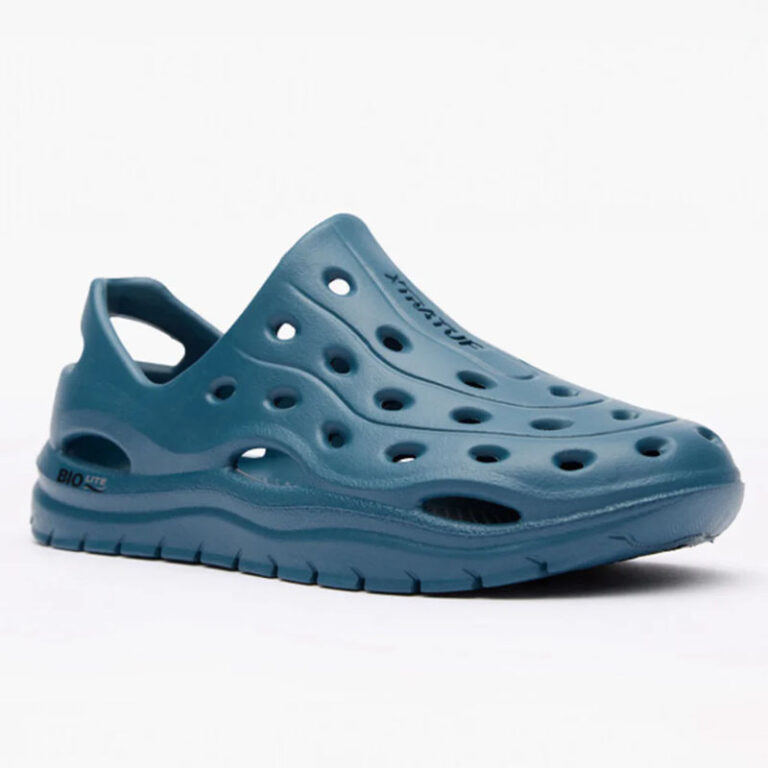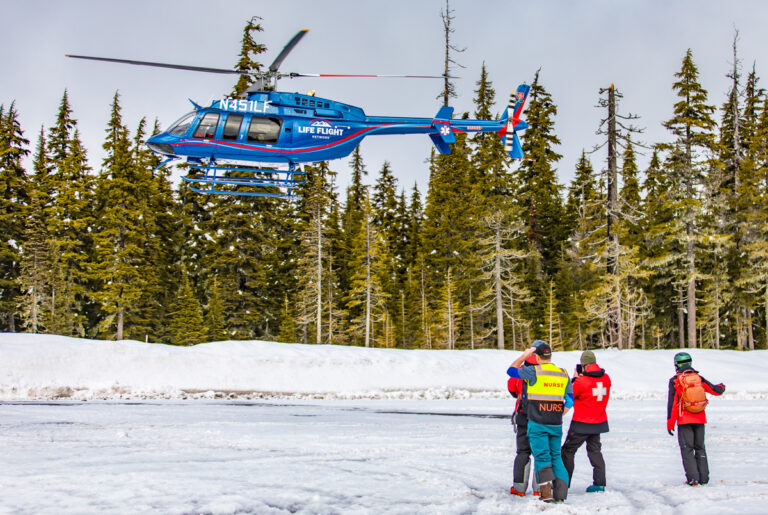(Nonfiction, 2025)
By Sara Kennedy
This lyrical, genre-blending book explores the title question through a series of river visits made by the author. Weaving together adventures to the River of the Cedars in Ecuador, the Chennai River in India, and the Mutehekau Shipu in Canada, Macfarlane ties them together with observations of a spring in his own neighborhood.
Each river in his tale faces an existential crisis: the River of the Cedars is under threat of destruction, pollution, and poisoning from multinational mining corporations; the Chennai has become a river of sludge due to poor urban planning; and the Mutehekau Shipu is in the crosshairs of Hydro-Québec for the next major multi-dam project. Even the little backyard spring suffers due to overutilization of the aquifer that feeds it.
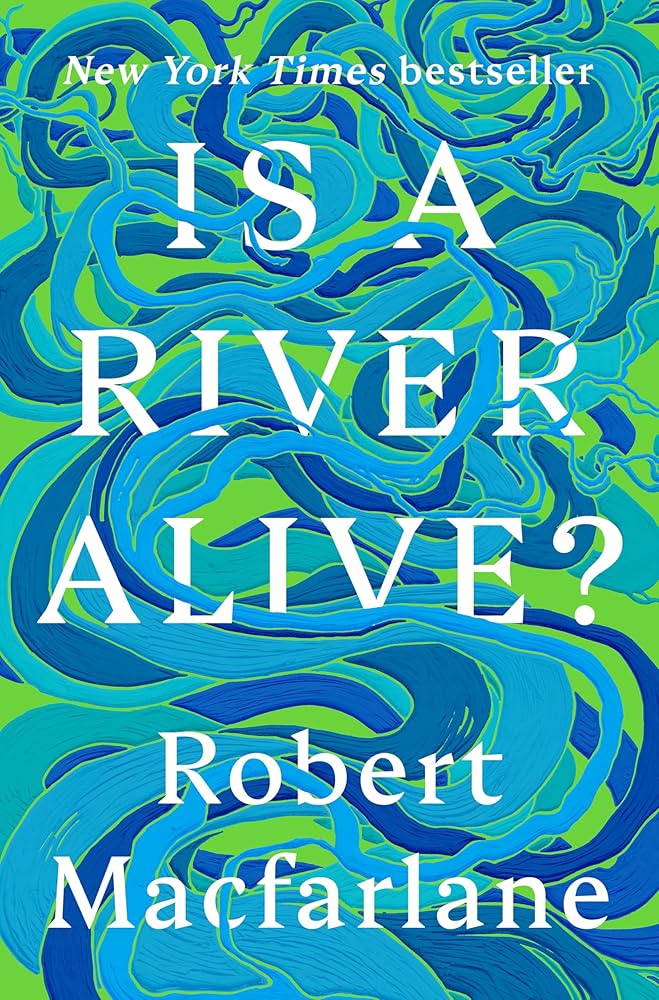
“Is a River Alive?” is beautifully written. The author used words in new ways that I didn’t expect, but his descriptions are so graphically clear and relevant, I knew just what he meant. He did, blessedly, include a glossary, since he also used quite a few unusual words. ‘Quaquaversal’, ‘anchoritic’, and ‘bradyseism’ are now useful, if infrequently used, additions to my own vocabulary.
The book is a thoughtful consideration of the rights of nature movement, which requires asking even more questions. If a river is a living entity, what rights does it have? And if we as river stewards are to advocate for a river’s rights, how do we know what it wants?
My mind drifted to our own Spokane River as I read, with its heavy metals, PCBs, and occasional sewage or mineral oil spills. If the Spokane River is alive, what does she want? A complicated question, so be warned: “If you’re going to open Pandora’s box, make sure to stand behind the lid when you do so.”

